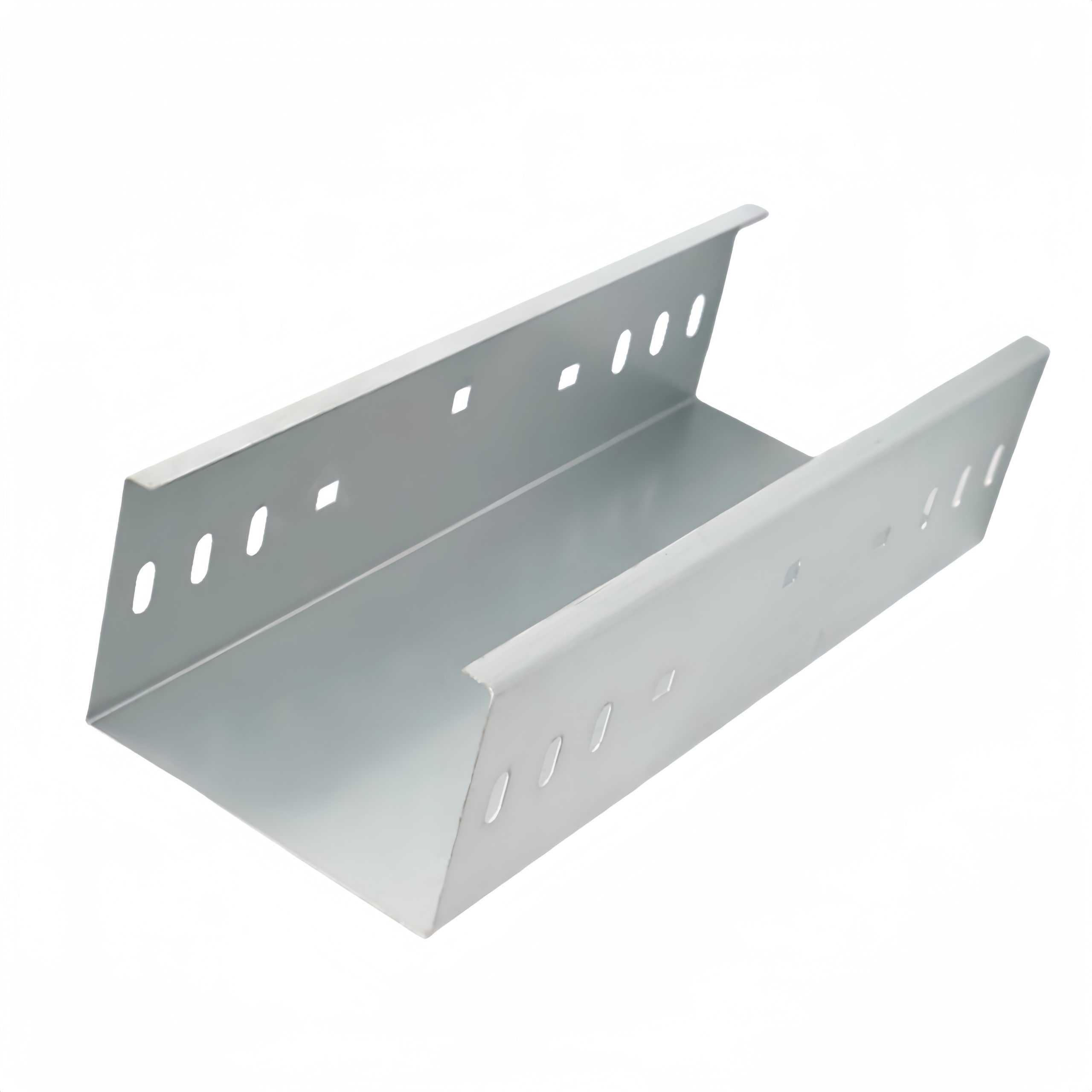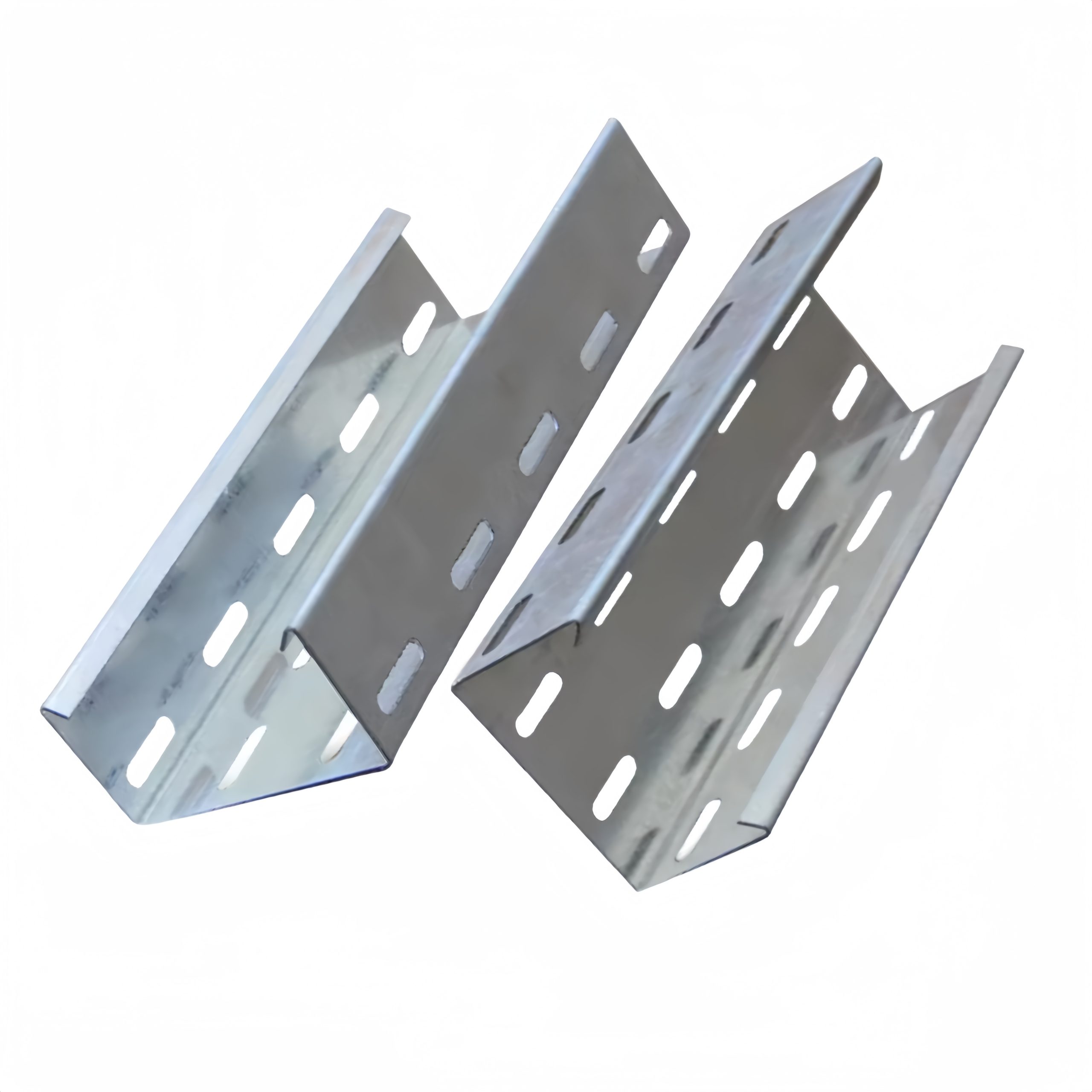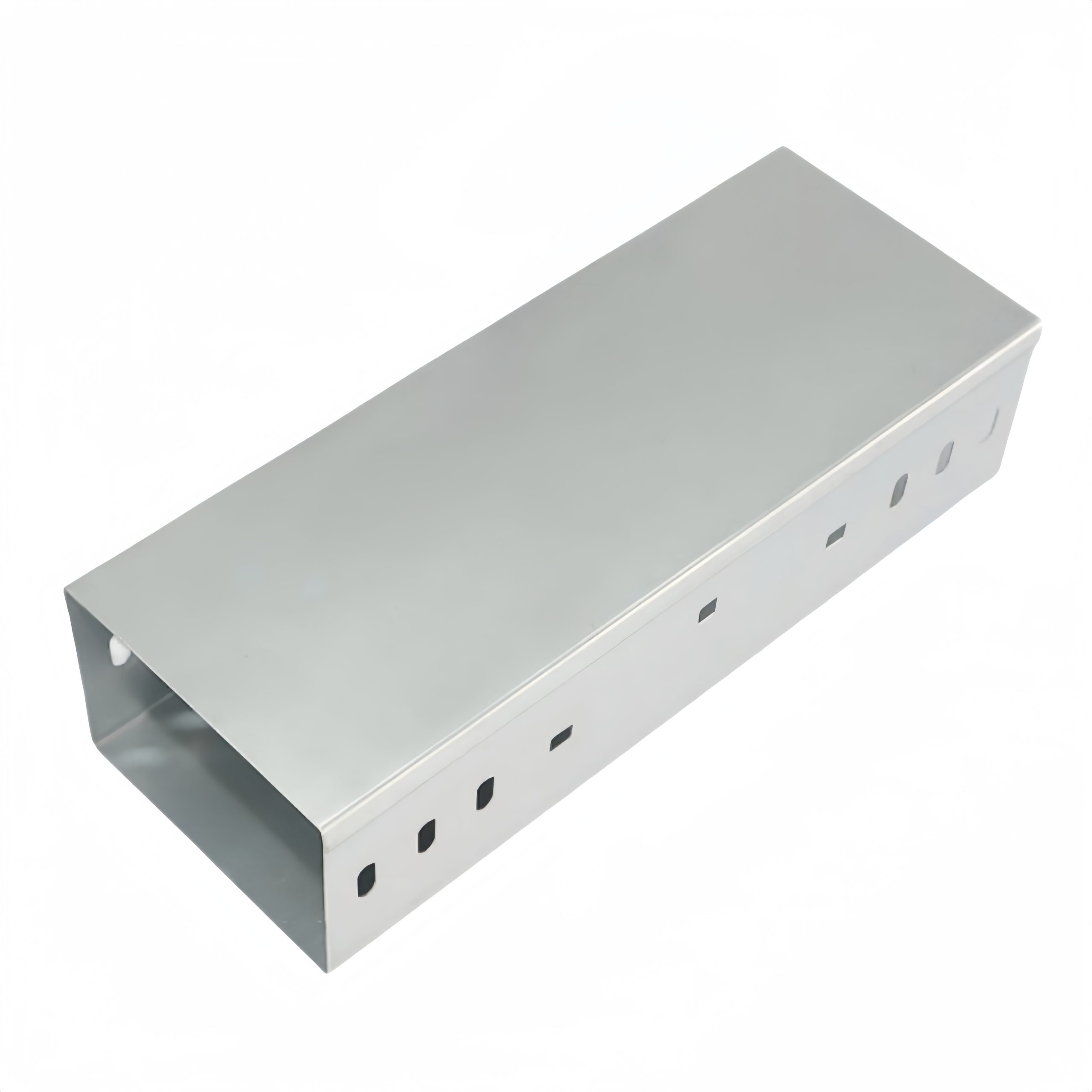Cable trays and trunkings, both essential components in electrical installations, serve to manage and protect cables within commercial, industrial, and even residential settings. Although they share similarities in their functions of organizing and routing cables, there exist significant differences in their design, installation methods, applications, and adaptability. This article delves into the world of cable management systems to provide an extensive comparison of cable trays and trunkings.
1. Definition and Purpose
Cable Tray Systems
A cable tray system is an open framework used for supporting and routing cables, power lines, and communication wiring within buildings or industrial sites. It’s essentially an overhead or underfloor support structure that allows cables to be laid out in an organized manner while facilitating easy access and modifications. Cable trays can be made from materials like steel, aluminum, or fiber-reinforced plastic (FRP), offering flexibility in terms of load-bearing capacity, corrosion resistance, and fire protection.
Cable Trunkings
Cable trunkings, on the other hand, are enclosed channels or conduits designed to house and protect cables from damage, dust, and moisture. They are typically installed against walls or ceilings and come with removable covers, which makes them suitable for environments where aesthetics and safety are paramount. Common materials for trunkings include PVC, metal, or flexible conduit options such as corrugated pipes. They offer a more concealed solution compared to cable trays and are often found in interior spaces and office environments.
2. Design and Structure
Cable Trays
Open Design: Cable trays have an open lattice or solid bottom construction, which promotes better heat dissipation and ventilation for cables.
Accessibility: Their open nature allows for easy inspection, addition, removal, or modification of cables without having to dismantle the entire system.
Variety: Cable trays come in different forms – ladder type, perforated, solid bottom, and channel – each suited to specific needs based on cable weight, environment, and required level of protection.
Cable Trunkings
Enclosed System: Cable trunkings are fully enclosed structures, providing physical protection to cables and enhancing safety by preventing accidental contact with live wires.
Fire Protection: Depending on the material used, trunkings can provide additional fire-resistant properties, which can slow down the spread of flames in case of a fire.
Aesthetics: Due to their closed design, trunkings blend seamlessly into interiors and can be painted or finished to match the surrounding decor.
3. Installation and Usage
Cable Trays
Installation: Cable trays are generally suspended from ceiling structures using hangers or supports, or mounted on walls or floors, making them ideal for large-scale installations where multiple circuits need to be managed over long distances.
Suitable Environments: They are commonly used in industrial plants, data centers, and large commercial buildings where complex wiring configurations and future scalability are crucial.
Cable Trunkings
Installation: Cable trunkings are usually surface-mounted and can be clipped or screwed onto walls or skirting boards. They are simpler to install than cable trays and are more frequently seen in smaller-scale projects or areas with limited space.
Suitable Environments: Because of their protective qualities and aesthetic appeal, trunkings are popular in offices, residential buildings, hospitals, and schools where low voltage wiring, IT infrastructure, or sensitive electronic equipment needs protection.
4. Adaptability and Cost
Cable Trays
Adaptability: Cable trays are highly adaptable and allow for quick reconfiguration or expansion of cable systems. They can accommodate a wide variety of cable sizes and types, including large bundles and high-voltage cables.
Cost Considerations: While initial costs may be higher due to the need for specialized hardware and suspension systems, cable trays can be cost-effective in the long run due to their ease of maintenance and flexibility.
Cable Trunkings
Adaptability: While trunkings also permit changes to cable layouts, the process is less straightforward as it involves opening the casing and potentially rerouting cables through bends and junctions.
Cost Considerations: Cable trunkings are generally less expensive upfront, especially for shorter runs and lower volume installations. However, they might not be as cost-effective in larger, more dynamic installations where frequent changes are anticipated.
In summary, the choice between cable trays and trunkings depends largely on the specific requirements of the project, such as the type and quantity of cables to be managed, the environmental conditions, the level of protection needed, and the aesthetic preferences of the building or facility. Both systems play critical roles in ensuring safe, efficient, and organized cable management, but their distinctive features make them suited for different applications and scenarios.




